I Kicked My Stepdaughter Out — Her Behavior Was Turning Creepy

Have you ever wondered what it would be like if every planet in our solar system was the size of Earth? Well, it’s time to dive into this mind-boggling scenario! Let’s imagine what each planet would look like if they were as big as our beloved blue planet.
Would the barren, red landscape of Mars suddenly become a lush green oasis? Would the massive, swirling gas giant Jupiter just disappear? And how would it affect our solar system as a whole — are we all doomed? Buckle up and let’s find out.
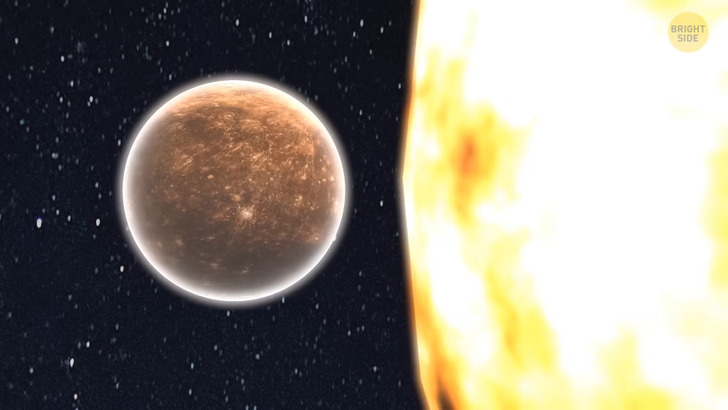
The first planet on our list is Mercury. The smallest planet in our solar system. But now, forget about the moon-like Mercury. Instead, picture yourself on the surface of a super-dynamic, incandescent inferno. There are a lot of craters and active volcanoes around you. And right in front of you is a huge, blinding bright Sun. What a nightmare! But let’s break these changes down.
Well, along with the size of Mercury, both its mass and gravity would increase. In that case, it’s possible that Mercury would have more atmosphere. Temperatures on Mercury are extreme. Not only because it’s very close to the Sun, but also because of its very thin atmosphere. So, during the day the temperatures there reach 800°F. And at night it becomes terrifyingly cold, down to −290°F. But now, when the gravity is stronger, Mercury could have a denser atmosphere. So, the heat would be better distributed across the planet.
And the atmosphere isn’t the only thing that could make it hotter. If Mercury became bigger, it would likely experience increased internal heating due to gravitational compression. And hypothetically, its tectonic activity could increase. In other words, more interesting landscape, more mountains... and more scary active volcanoes!
Congratulations! You’ve turned Mercury into Venus 2.0. For us, all these changes wouldn’t be very pleasant. Now it would become much harder to send our spacecrafts there. So it’s better for Mercury to stay as it is: small, calm, and boring.
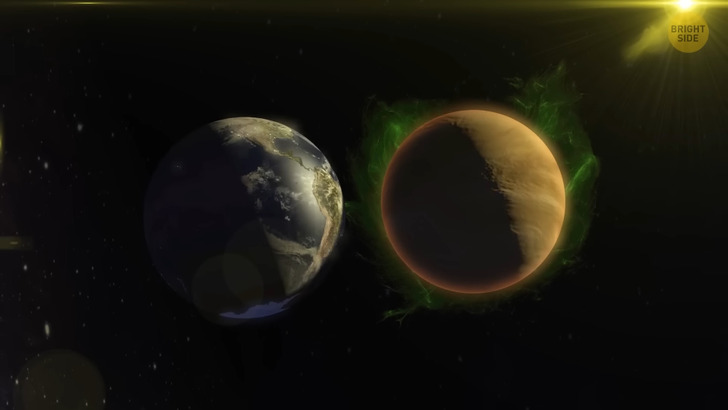
Basically, the complete opposite of our next planet, Venus. So, what would happen to Venus if it was Earth-sized? Actually... nothing! It wouldn’t change at all.
All because Venus is already almost the size of the Earth. It’s even called “the Earth’s twin”. Although “twin” is a big word, of course... In reality, we couldn’t be more different. Venus is often called the “Morning Star” because it’s so bright and visible in the sky. But don’t let its beauty fool you!
This planet is one of the most inhospitable places in our solar system. Its surface is hotter than a freshly-baked pizza (around 900°F!), and it’s covered in thick clouds of sulfuric acid that would dissolve any human who tried to visit. So, unfortunately, you won’t be planning any trips there anytime soon.
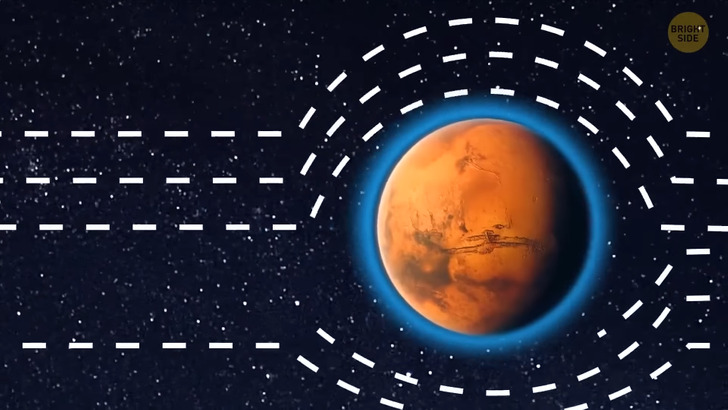
So let’s move on to a planet that, unlike Venus, could potentially become a new home for us: Mars. Picture yourself standing on Mars’ surface, watching the blue sunset and breathing in a refreshing breeze of air. Yes, you read that right — air! Moreover, you could be surrounded by plants, animals and basically feel like you’re on Earth!
But how is that possible? Bigger Mars would have a stronger magnetic field and gravity. This would lead to a richer and denser atmosphere. It would likely have a wider range of gases, including oxygen! Wouldn’t that be cool? Also, a denser atmosphere could distribute heat across the planet. So Mars could become much warmer and cozier.
And here comes the most important change: liquid water! Mars actually has some frozen water at its poles and in subsurface reservoirs. But, with a stronger gravitational pull, it could potentially stabilize liquid water on its surface. Hooray! However, it’s not all fun and games. New Mars would also have a volcanic personality. It’s already geologically active, but now, its internal heat and pressure would skyrocket.
That means more frequent and more crazy volcanic eruptions. Imagine how exciting it would be to witness such eruptions on another planet! If you manage to escape the consequences. In general, the planet could become greener and lushier, but not safer! Although it would still be great to see it.
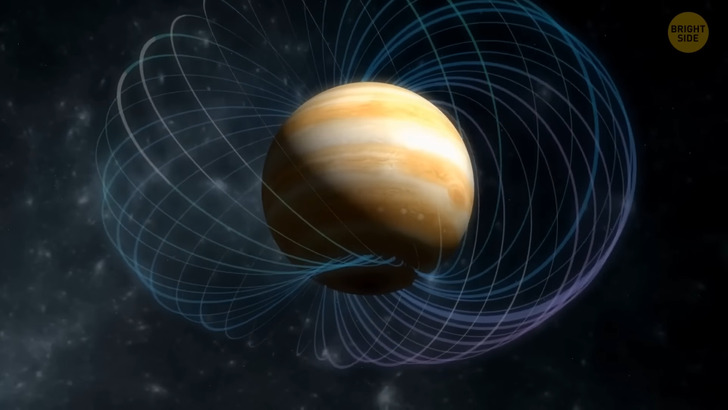
But it’s time to move on to the giants of our solar system. And if we were enlarging the planets before... now it’s time to squeeze them really, REALLY hard. If Jupiter became 11 times smaller... Oh boy, what a disaster that would be.
The first thing we’d notice is a change in gravity. And I say “we’d notice” because now we’d have no choice but to move somewhere! Jupiter experiences from 30 to 100 collisions with large asteroids per year. All because of its strongest gravity, which attracts them all and protects us. But now our big protective brother has turned into a small baby. Say “hi” to a bunch of asteroids!
Oh, and say “bye-bye” to Jupiter. This planet is known for its thick, swirling atmosphere. But with a weaker gravitational pull, Jupiter would probably have a hard time holding onto it. So over time, it would slowly escape into space, leaving behind a thin atmosphere composed mainly of nitrogen and oxygen.
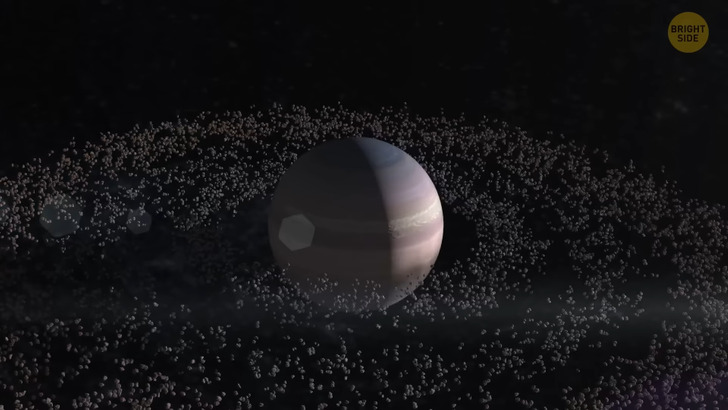
We’ll also have to bid farewell to the iconic appearance of another giant: Saturn. The most noticeable difference would be the disappearance of its famous rings. Made up of small particles of ice and rock, the rings are a unique feature of Saturn.
But with Earth’s gravity, they would either fall onto the planet or scatter into space. Bummer. Saturn is also a gas giant, just like Jupiter. Its atmosphere is made up of mostly hydrogen and helium. But if it were Earth-sized, its gases would be compressed due to the increased gravity. This would make it much denser.
That means, Saturn’s overall size and shape would change. Theoretically, if we squeeze Saturn hard, it could potentially become a brown dwarf. It’s a type of “failed star” that lacks the mass to sustain nuclear fusion but emits heat and light. So Saturn could stop being a planet altogether! The weather on it would probably have changed too. All its crazy storms, such as the famous hexagonal storm at its North Pole, would have become weaker and calmer.
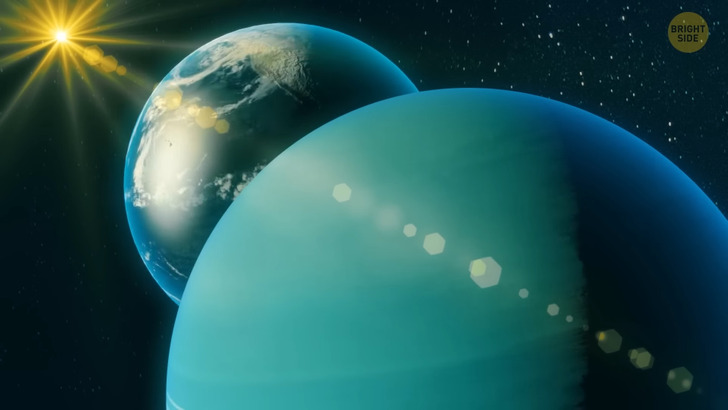
The next giant is Uranus. Let’s try to compress this poor fellow. First off, the surface gravity on Uranus would be much weaker than it is now. Its atmosphere might also change.
If Uranus was smaller, it could have a thinner atmosphere and different gases altogether. This planet is pretty chilly, with an average temperature of −353°F. But if it was the size of Earth, it might actually warm up a bit due to its reduced volume-to-surface-area ratio.
Don’t get too excited though. It would still be way colder than the coldest spots on Earth. As you can see, gas giants don’t easily go through all this shrinking. Except, perhaps, one of them...
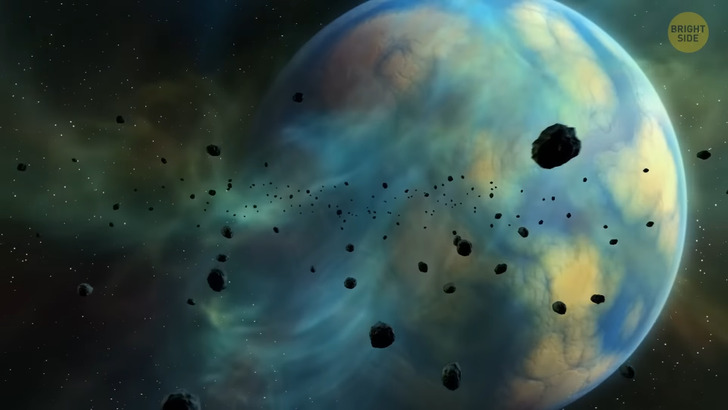
Surprisingly, small Neptune would become much friendlier! For starters, it would probably be a rocky planet with a tiny atmosphere. That means no more gas giant, but instead, a planet that’s easier for humans and critters alike to live and move around on. Speaking of movement... Because of the smaller size, the gravity on this new Neptune would be almost the same as Earth’s — making it a heck of a lot easier to walk and jump around. No more floating away into space!
Now, the atmosphere of the original Neptune is so thick, you could barely see your hand in front of your face. And the surface pressure is about 100 times that of Earth’s atmosphere. But our new Neptune would be much different, with a much thinner and less dense atmosphere. It would still have some methane, water, and ammonia in it, but nowhere near as much as before.
Finally, the temperature. Brrr, the current Neptune is freezing with an average temperature of about −370°F. But if it was the same size as Earth, it would likely be much warmer, just like Uranus. Ah, that’s more like it! What a planet that would be! That’s it for the changes in the planets. But what would happen to the entire solar system if we made all the planets so small? It’s hard to predict, but it’s clear that their gravity and orbits could change a lot.
It’s unlikely that any of them would have flown into outer space, or crashed into each other, or something like that... But many of their orbits would probably become quite unstable. And the number of collisions with asteroids would have increased significantly. Of course, all this is purely speculation. It’s not like we can actually test all this. But it’s still a pretty interesting thought experiment! And it makes you appreciate just how unique and special our solar system really is.











